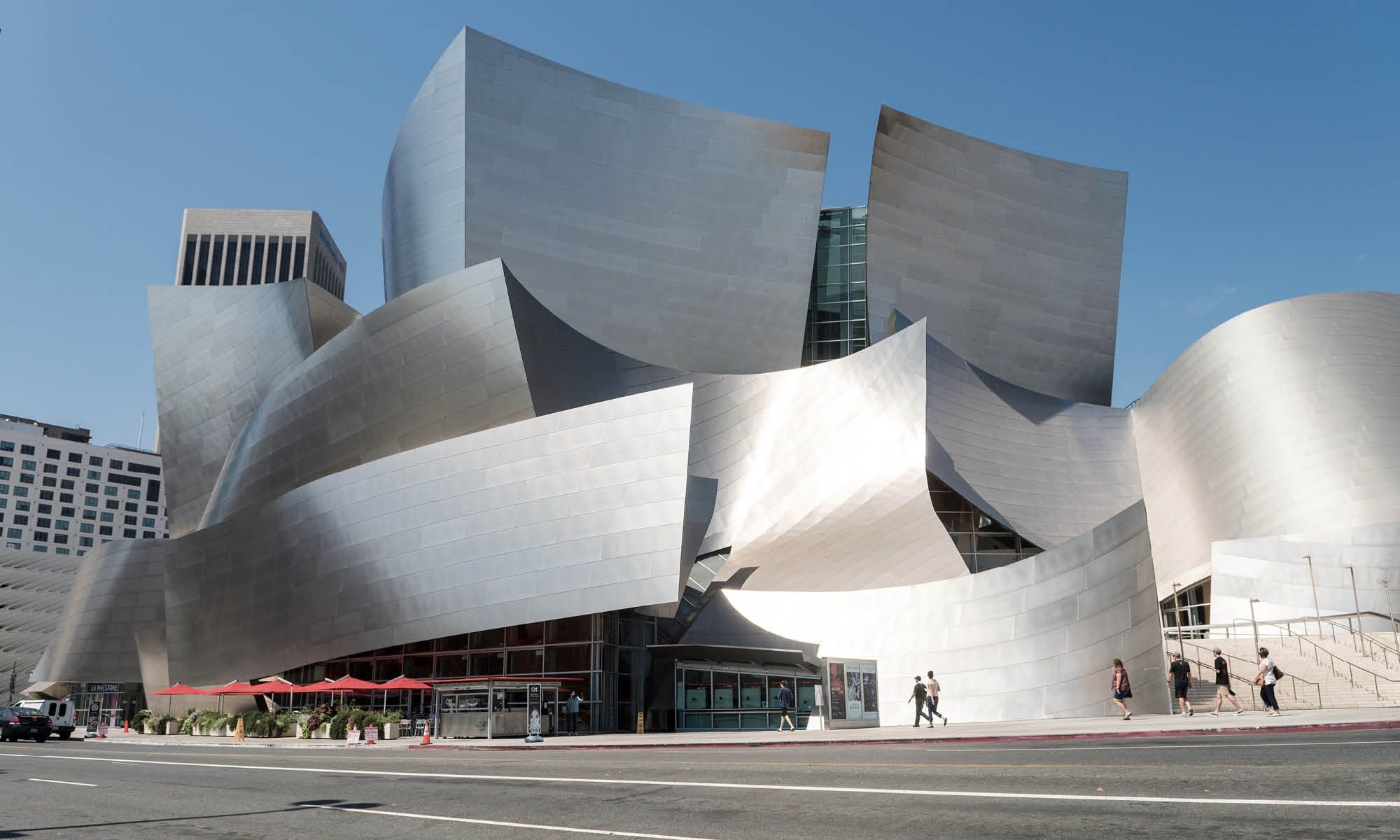
Bauhaus or international style? Art nouveau or expressionism? Building trends of the modern era are not always easy to distinguish. For those interested in 20th-century architecture, here’s an overview on the most important epochs and their special characteristics.
New architectural styles are often related to the social, economic, and political developments of their time. This certainly holds true for the 20th century:
industrial and technological advancement changed the ways in which buildings were designed. The resulting concepts and characteristics continue to inform present-day projects.
In terms of architecture, the 20th century spans three phases which all fall under the category of “modernism”:
Fathers of modernism: ca. 1900 to 1920
Modernism (also New Building or classical modernism): ca. 1920 to 1968
Postmodernism: ca. 1968 to date
Each of these phases include different architectural movements that closely succeeded one another and frequently overlapped.
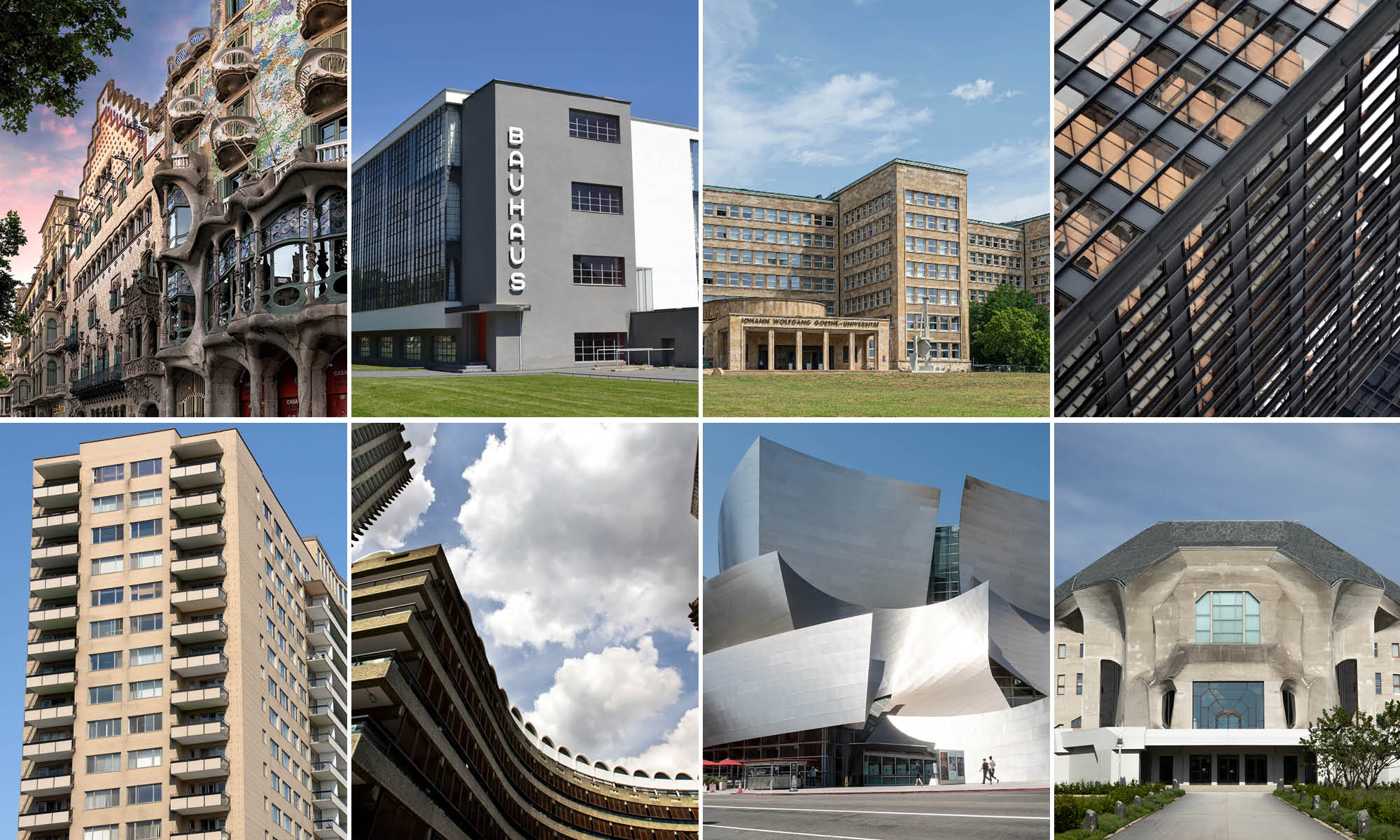
1. Art nouveau: geometrical shapes and floral elements
After the opulence and extravagance of the 19th century, the “fathers of modernism” took a completely different route: their avant-garde styles stood in stark contrast to historicism and its pompous aesthetics.
Combining craftsmanship with creative expression, art nouveau became a precursor of modernist architecture in the 20th century. Thanks to the works of Antoni Gaudi, Otto Wagner, or Josef Hoffmann, this movement peaked between 1890 bis 1910.
Main features of art nouveau
Idea: merging aesthetics and functionality into a holistic concept that includes a building’s structure as much as its interior design
Construction: predominantly geometrical forms and surfaces
Symbolism: depictions of wildlife and fables, floral ornaments, fluid lines
Materials: facades made of sandstone
Character: playful and original

2. Expressionism: pointed, rounded, jagged
Between 1910 and 1925, architects in Central and Northern Europe sought to visualize their emotions through a new style of building. Expressionism turned away from the objective and rational approach of functionalism, which was gaining popularity at the time. Famous representatives of expressionist architecture in the early 20th-century were Erich Mendelsohn, Fritz Höger, Hans Poelzig, and Bruno Taut.
Main features of expressionism
Idea: translating emotions into artistic buildings
Construction: abstract and monumental sculptures; at times overemphasised shapes with sharp angles, spikes, or curves
Design: facades with ornaments, reliefs, and statues
Materials: brick and clinker
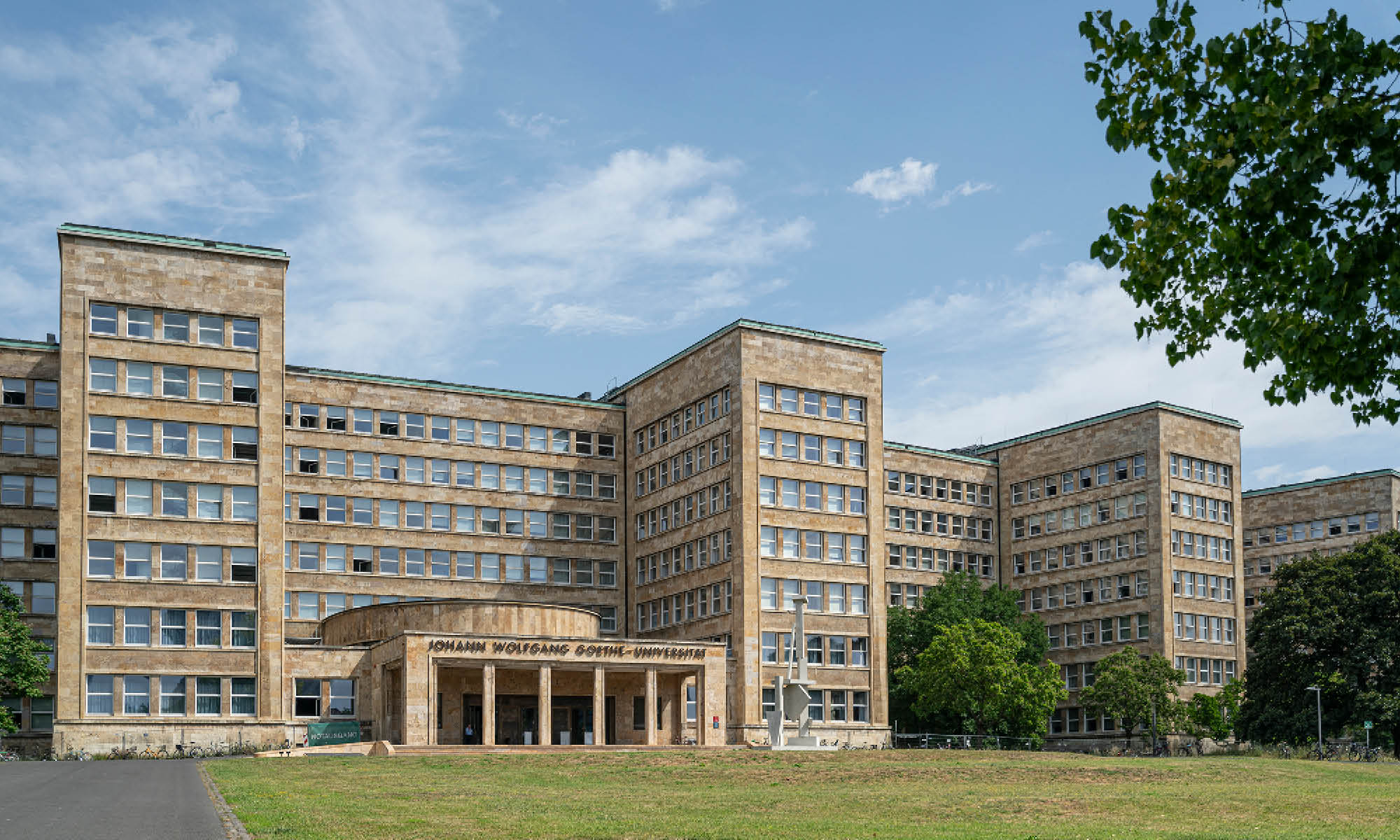
3. Functionalism: simple and matter-of-fact
The term “functionalism“ refers to a novel approach that provided the basis for several architectural epochs of the 20th century. Designer and architects were focusing on the purpose and usefulness of buildings: pioneers such as Le Corbusier followed a concept informed by reason and logic. During the construction period after World War II, functionalism gained importance for urban developments.
Apartment blocks made from reinforced concrete thus became the precursors of prefabricated high-rises.
Main features of functionalism
Idea: focus on technical, practical aspects
Construction: straight-lined, neutral shapes
Materials: prestressed concrete, glass, or steel
Character: minimalist appearance; modern objectivity
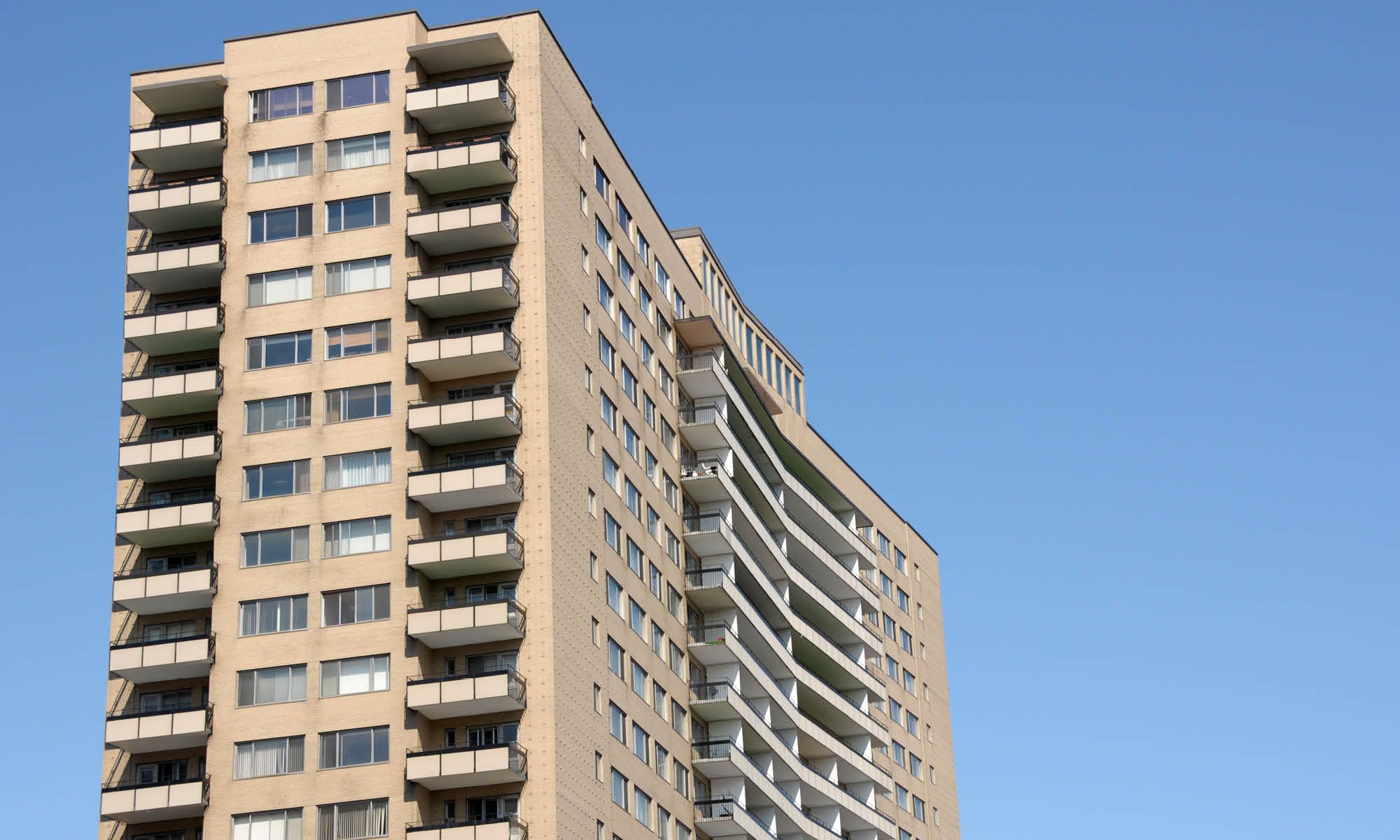
4. Bauhaus: less is more
The so-called Bauhaus brought functionalism to the forefront at an international scale. What began as an experiment evolved into Germany’s most influential building style. Even though the Bauhaus school only existed between 1919 and 1933, it shaped 20th-century architecture like no other. The most well-known representatives are former lecturers including Ludwig Mies van der Rohe and Marcel Breuer, along with founding father Walter Gropius. Today, Bauhaus architecture is more popular than ever among builders. Based on the motto "form follows function", it inspires many contemporary projects.
Main features of Bauhaus
Idea: combining industry, science, and craftsmanship
Theory: “form follows function” and “less is more”
Construction: geometrical and cubic shapes, clear structure and linear surfaces
Materials: steel, glass, and concrete
Colours: complementary and basic
Character: “cultivated coldness”, sleek and simple
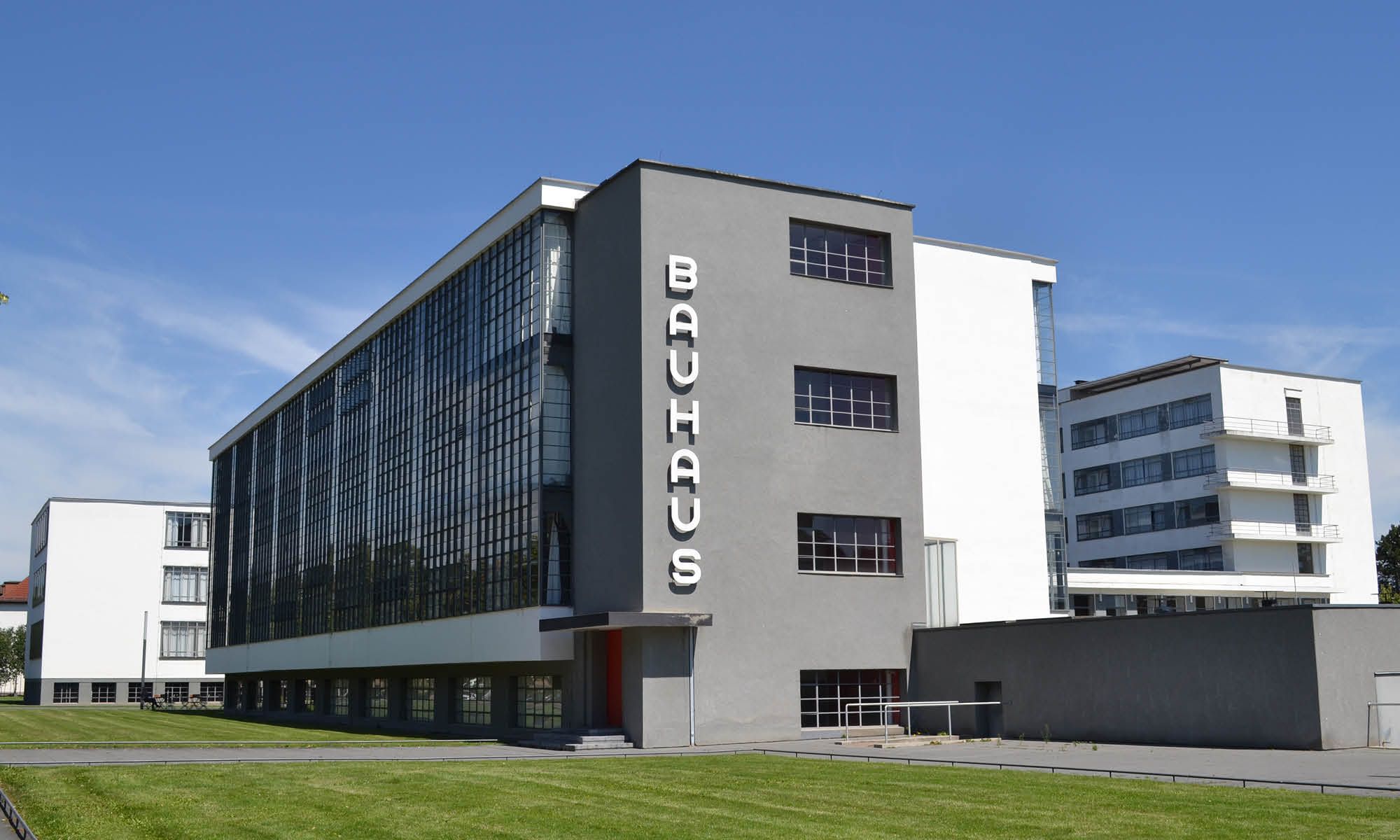
5. International style: steel, glass, unplastered concrete
Beginning in the 1920ies, functionalism and Bauhaus merged into the so-called “international style”. This movement manifested the concept of objective, purposeful architecture though various 20th-century constructions across the globe. International-style skyscrapers and office complexes can still be found in many metropolitan areas in Europa and North America.
Main features of international style
Idea: functionality and usefulness within limited spaces
Construction: fluctuating between symmetrical and asymmetrical surfaces, cubic elements, flat roofs
Design: no representative and decorative details, large-size glass panels to create light-flooded interiors
Materials: steel, glass, and concrete; white plaster; wooden-clad facades
Peculiarities: visible building elements such as unplastered concrete walls, open steel girders, supply cables, and pipes

6. Organic architecture: curves inspired by nature
Placing humans centre-stage, organic architecture is also known as “anthroposophic architecture”. This style aims to design buildings that authentically blend into their surrounding scenery. Following Rudolf Steiner, the founder of anthroposophy, 20th-century architects such as Frank Lloyd Wright, Antonio Gaudí, and Hugo Häring drew inspiration from nature between 1920 and 1970. A typical example for organic building is the Goethaneum, which hosts the General Anthroposphic Association and the Free University of Humanities (“Freie Hochschule für Geisteswissenschaft“) near Basel, Switzerland.
Main features of organic architecture
Idea: humans at the centre, nature as a model
Construktion: cave-like structures with sculptural shapes and curves; fluent, dynamic forms and spirals; irregularities without mathematical logic
Symbolism: natural motifs, e. g. snail shells, trees, and leaves
Materials: clay, stone, and solid wood; ecologically sourced finishes such as lime
Colours: muted shades, earthy and pastel hues
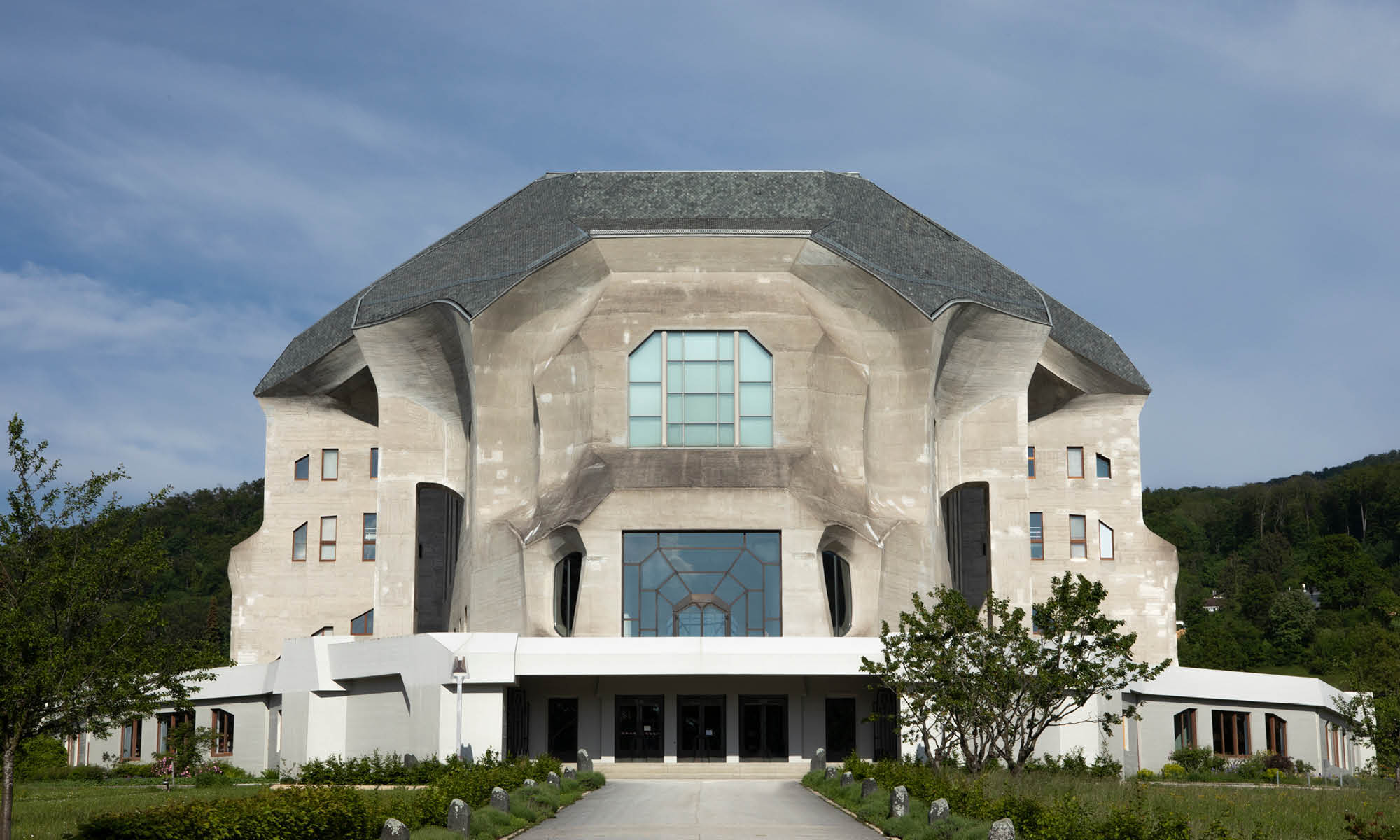
7. Deconstructivism: surreal and askew
As the rigid rulebook of functionalism sparked more and more criticism, a new trend arose in the 1980s. Modern technology opened up new possibilities, setting the stage for experimental styles such as brutalism and deconstructivism.
In the context of 20th-century architecture, deconstructivism not only refers to the literal “deconstruction” of buildings. Rather, this style sought to break with postmodern architectural conventions. Its founding father, Frank Gehry, designed his private residence based on deconstructivist principles in 1988. Later, famous 20th-century architects including Zaha Hadid, Bernard Tschumi, and Daniel Libeskind created masterpieces with the same characteristics.
Their works continue to stand out with their collage-like structures.
Main features of deconstructivism
Idea: disrupting harmony and moving away from straight lines, geometry, and symmetry; breaking with postmodern building styles
Construction: no clear order; seemingly skewed, distorted, or tilting walls and instable surfaces
Materials: concrete, steel, and glass
Character: surreal and abstract; buidlings appear like artistic sculptures
